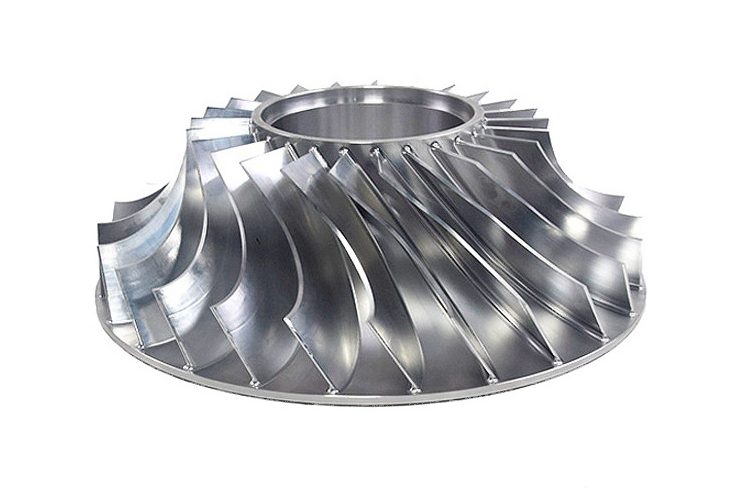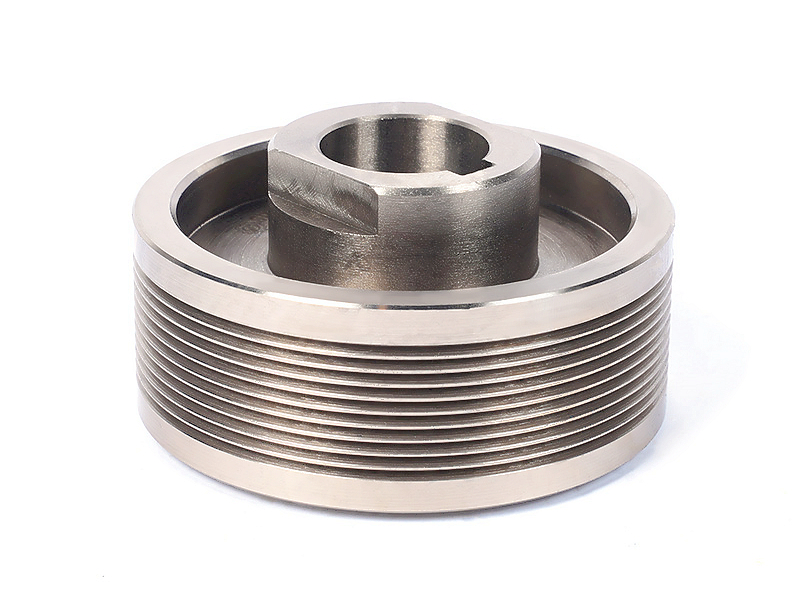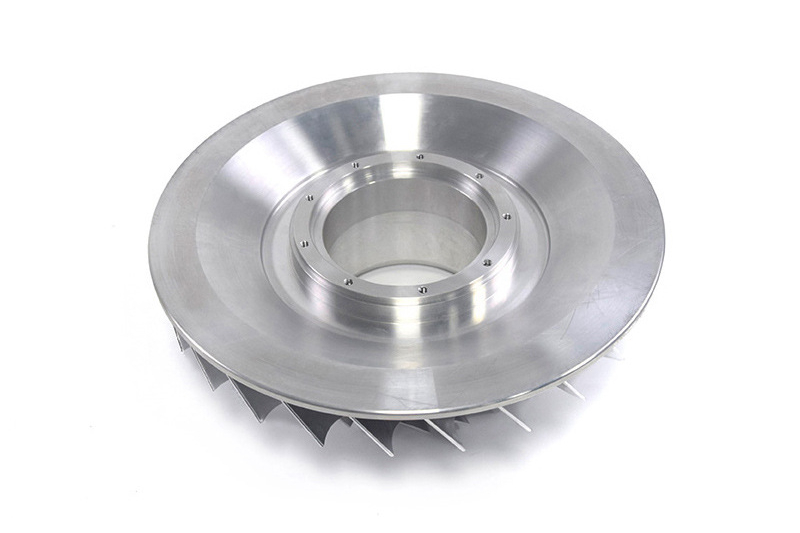What anodized colors are common for titanium, and how stable are they?
From an engineering and manufacturing standpoint, the anodization of titanium is a controlled electrochemical process that grows a transparent oxide layer on the component's surface. Unlike aluminum anodizing, where dyes are absorbed into a porous layer, the colors on titanium are created through a phenomenon known as thin-film interference. As the oxide layer thickens with increasing applied voltage, it causes light waves reflecting from the top and bottom of the layer to interfere with each other, selectively amplifying certain wavelengths and producing specific, vivid colors.
Common Titanium Anodized Colors
The color spectrum achieved is directly tied to the anodizing voltage, making the process highly repeatable in a controlled precision machining environment. Common colors and their approximate voltage ranges include:
Bronze/Gold: Typically achieved at lower voltages (around 10-20V). This is one of the most common and stable finishes.
Purple/Violet: Forms at slightly higher voltages (approx. 20-30V).
Blue: Requires a higher voltage range (approx. 30-50V). Deeper blues are achieved at the upper end.
Green/Turquoise: Appears at even higher voltages (approx. 50-70V).
Pink/Rose Gold/Yellow: These are often achieved at the lower end of the spectrum or through multi-step processes.
It is crucial to note that the final color is also influenced by the surface finish of the base material. A polished surface yields brilliant, glossy colors, while a sandblasted or brushed finish produces more muted, satin tones. This is a key consideration for CNC machining prototyping where aesthetics are critical.
Stability and Durability of the Colors
The stability of anodized colors on titanium is generally excellent, but it is not absolute and depends on the application's service conditions.
High Intrinsic Stability: The color is not a dye or a coating that can chip or peel. It is an integral part of the titanium surface, formed by the oxide layer itself. This makes it highly resistant to fading from UV exposure and very durable under normal handling.
Abrasion and Wear Resistance: While the oxide layer is very hard, it is also very thin. Prolonged or aggressive abrasion can eventually wear through the layer, altering or removing the color. For parts subject to significant wear, a more robust surface treatment like a PVD Coating may be a more suitable choice.
Chemical and Environmental Resistance: The anodized layer offers superior corrosion resistance. However, exposure to strong acids, alkalis, or constant salt spray can degrade the oxide film over time. For extreme environments, such as those in aerospace and aviation or medical device applications, the anodized layer often serves as an excellent base for further sealing or protection.
Heat Sensitivity: This is a critical engineering consideration. Excessive heat (typically above 300-400°C / 570-750°F) can cause the oxide layer to further oxidize or change its crystalline structure, leading to a permanent shift in color, often to an iridescent straw or blue-grey hue. Therefore, anodized titanium parts are not suitable for high-temperature applications without prior testing.
Engineering Considerations for Design and Application
Design for Consistency: For a uniform color, a uniform surface finish is paramount. This must be considered during the CNC Machining process.
Application-Specific Selection: Anodizing is ideal for applications requiring aesthetics, light-duty wear resistance, and corrosion protection, such as in consumer products or architectural components.
Dimensional Impact: The anodized layer growth is minimal, typically adding only 0.5 to 2 microns to the surface. This makes it an excellent choice for precision titanium CNC parts with tight tolerances.
Post-Processing: While the layer is integral, it can be removed or altered by subsequent machining or aggressive tumbling and deburring operations. Anodizing should be one of the final manufacturing steps.



